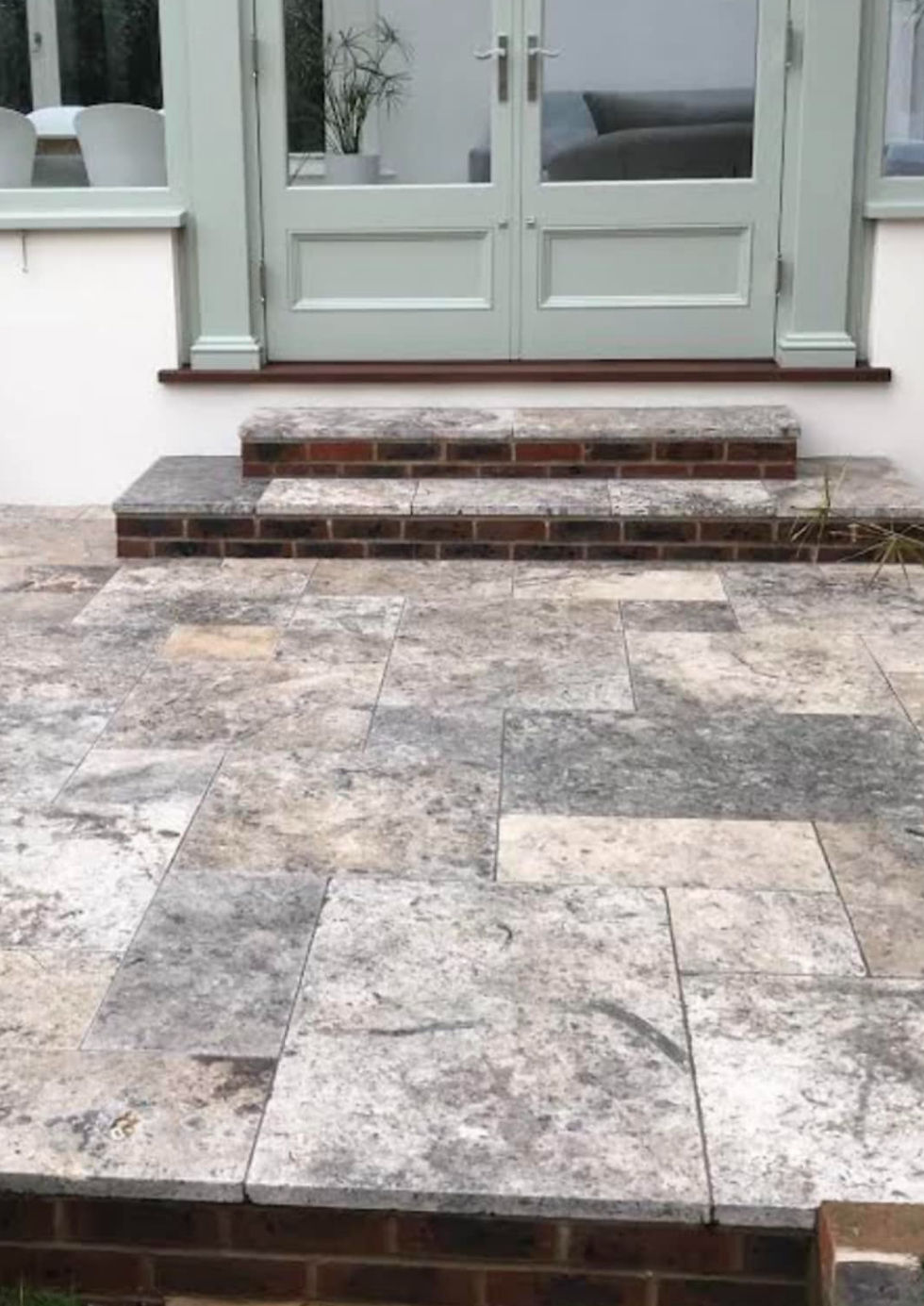How to Lay a Patio Without Cement: Sand, Porcelain, and Brick Options
- Creations Building & Landscaping

- Aug 12
- 2 min read
Not every patio needs to be laid with cement. Depending on the materials and finish you choose, sand can be a great alternative. This approach is quicker, easier for DIY, and still delivers a long-lasting result when done properly.
Key Takeaways
Laying a patio without cement is possible with the right preparation.
Sand bedding works well for brick, block, and some porcelain patios.
Good drainage and a compacted base are essential for durability.
Porcelain and natural stone slabs may require extra care when laying on sand.
Always choose quality materials to get the best finish.

Why Choose a No-Cement Patio?
For some projects, using sand instead of cement makes sense:
Faster installation.
Easier to lift and adjust later.
Less permanent if you plan to change the design in the future.
A professional paving company will recommend this approach for certain patio styles, especially in gardens where flexibility is important.
How to Lay a Patio on Sand
Prepare the Area - Clear the space, removing grass, plants, and old paving. Dig to a depth that allows for your sub-base, bedding sand, and slabs.
Install the Sub-Base - Add a compacted layer of crushed stone or hardcore. This keeps the patio stable and prevents sinking.
Add Sharp Sand Bedding - Spread an even layer of sharp sand about 25–40mm deep. Level it with a straight edge.
Lay Your Slabs or Blocks - Place your chosen material — brick, concrete, or natural stone — on the sand. Tap gently into place with a rubber mallet.
Fill the Joints - Sweep kiln-dried sand into the joints to lock everything in place.

Laying Porcelain Patio Slabs Without Cement
Porcelain slabs are smooth, durable, and modern, but they can be tricky to lay on sand. For best results:
Use a high-quality sub-base to prevent movement.
Consider slurry priming the underside of the slab for better grip.
Keep joints narrow for a neat look.
This method is often used in porcelain paving projects where homeowners want a sleek, low-maintenance finish.
Laying Brick or Block Patios Without Cement
Brick or block paving is ideal for sand bedding because the interlocking design keeps everything stable. It’s commonly used for patios, garden paths, and even driveways. After laying, kiln-dried sand is brushed into the joints to secure the surface and prevent weeds.
Weather Considerations – Can You Lay a Patio in the Rain?
It’s best to avoid laying on wet sand, as moisture can cause uneven compaction. If rain is forecast, cover your prepared base until conditions improve.
Final Word
Laying a patio without cement can be a practical and attractive option if done correctly. With proper preparation, good materials, and attention to detail, a sand-based patio can last for years.





Comments